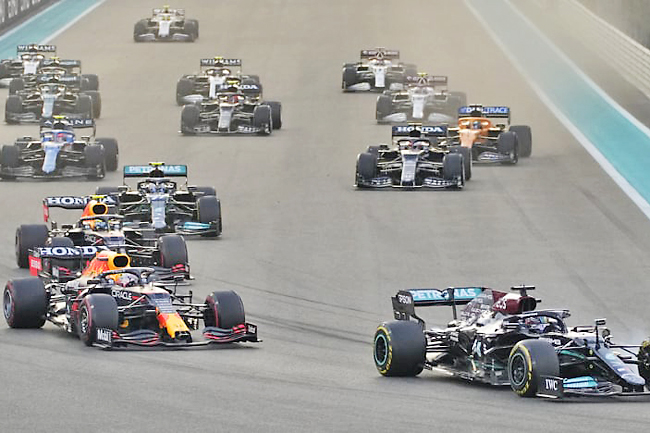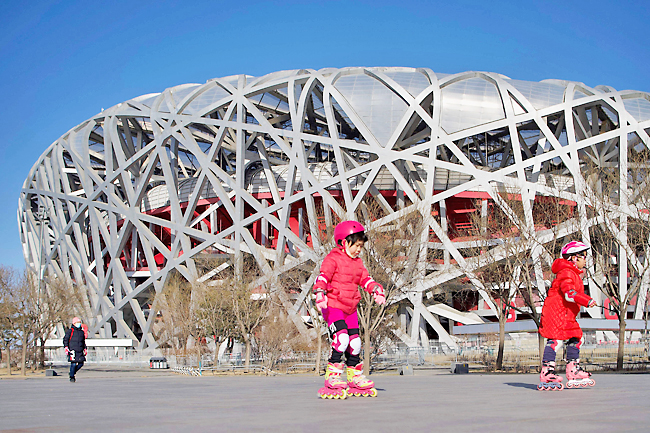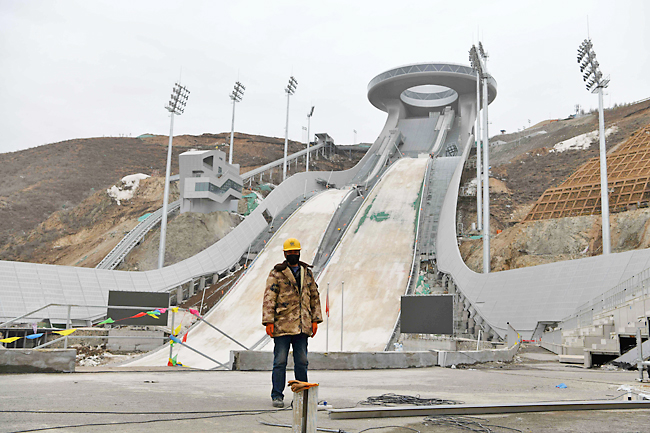Kelly Hoover Greenway
THE WASHINGTON POST – Recently, my six and 10-year-old sons were playing basketball in our driveway.
While this should have been time for me to enjoy a peaceful, quiet house, my younger child soon came barreling through the front door with an urgent question.
“Mom, is it true? Do snitches really get stitches?!”
It ends up, his brother learned this refrain not from another kid, but from a counsellor at his summer camp, and of course passed it along to his brother.
My older son explained, when I pressed him, that the counsellor encouraged campers to work things out among themselves instead of reporting all their skirmishes to an adult.
This left me feeling rather torn.
I agree that children must learn how to handle peer conflict in mature ways. However, this idea that reporting information to an adult automatically equates to “snitching” or being a “tattletale” dismisses the important role trusted grown-ups can play in helping kids and teens navigate complicated situations.


No, we don’t want our children running to us every time they feel slighted or want to get a peer (or sibling) in trouble.
But when we infer that speaking up will jeopardise their relationships with their friends, we risk losing a vital line of communication between parent and child- one that becomes even more important as they grow older.
It’s a tricky issue to navigate for both kids and their caregivers, due in no small part to our tendency to send mixed messages with regard to this topic. When our children are young we teach them the rules: no hitting, no biting, treat others the way you want to be treated.
But as soon as they report that someone else isn’t playing by those rules we said, “No one likesa tattletale.”
This does not elicit trust from our little ones.
“It’s important for parents and caregivers to understand that children want support, but (once they start school) they are now part of the bigger world, so they don’t want to break those social contracts either,” said Los Angeles-based parenting coach and early childhood consultant Joshua Castillo. If we want our kids to feel safe giving us information, it’s crucial we establish early on what our help will look like when they do.
“Help doesn’t mean the adult is going to save you. Your role is to help the kid think it through and understand their options (for problem-solving),” Castillo said.
She called this “deconstructing the context” and urges parents to resist pitting one child against another by asking things like, “Who made you feel bad?”
Instead, she suggests going back to the initial point of connection (what they were doing at the time) and then figure out where the disconnect (not the “wrong”) occurred.
“If your kids get accustomed to you saying, ‘I can see that situation got tricky. Let’s play it back. How did it all start?’ they will give you more details to work with.”
In doing this, she explained children won’t feel scared to confide in you because you’ve coached them early on to see you as a reliable source.
As our children grow so do their bonds with friends, which can make the stakes higher for revealing information to the grown-ups in their life. Pinkie promises, being sworn to secrecy, and the threat of “stitches” all lead to an internal conflict: to tell or not to tell?
Judging by the statistics, when it comes to peer conflict such as bullying, most of our children are choosing not to talk. Executive Director for American Society for the Positive Care of Children (SPCC) Genevieve Rivera reported that only a tiny percentage of children who are being bullied tell their caregivers. Somewhat surprisingly though, young people cite fear of parental repercussions, not necessarily those of their friends, as one of the main reasons they don’t want to share their struggles.
Rivera noted that children (yes, even the ones who are being bullied) worry they’ll have their phone taken away or be told they can’t play with a particular person anymore.
Because of this, she said caregivers must “be the calm in the chaos” if their children tell them about bullying or other upsetting behaviors taking place.
Castillo agreed, noting that the challenging situations our kids find themselves in may repeat – with the same or different characters – and we should be honest about that without letting our emotions take over or making anyone else a villain.
“Even if your kid had a really hard experience I’d say, ‘So this might come up again, let’s talk it through’.“
Of course, bullying isn’t the only issue young people feel nervous reporting to grown-ups.
Castillo cited a time when her daughter’s friend came out to her daughter, but told her not to tell anyone. She explained to her daughter, “Your friend told you that because it’s their way of saying, ‘I don’t want other people to know because this is so delicate,’ and she doesn’t know if you have a parent who is going to run and tell everyone.”
She stated parents can secure for their children how they will show up for this kind of information by letting them know, “I’m a parent who is going to talk it through with you, and we’ll wonder, we’ll ask questions together, and maybe I’ll give you some strategies to help support your friend, but that’s it. I’m not the kind of grown-up who is going to talk.”
Deviating from this, she cautions, may result in your child “not signing a higher-level contract with you”.
Kids know when there’s a parent revealing information that has been deemed private among their peers. I saw this firsthand when I asked my son about an issue at school he didn’t think I knew about. “When there’s a leak,” Castillo warned, “everyone becomes petrified of sharing.
And your kid is going to FBI background check you to make sure you aren’t the one responsible.”
One strategy Castillo recommended for maintaining open lines of communication while also respecting your child’s need for privacy is to create an “idea jar” where everyone in the family writes down tricky situations they’d like to discuss.
No one gives specific names or whether a situation is real or hypothetical, but it gives the family a chance to sit down together, discuss, and play out a number of different scenarios in which support might be needed.
It’s entirely possible to imagine a relationship with our kids where this topic isn’t binary: either they talk to us or they solve issues on their own.
If we can remember our role is to support, not solve, and we show up as reliable, trustworthy sources, then perhaps a new scenario can emerge – one where snitches no longer need to get stitches.










